“Freedom” is so relative. But a Taiwan with only 10 million people sounds like paradise.
Taiwanese election in 1960
This clip was filmed by Brithish media Pathé News, April of 1960.
The first candidate 郭國基 joined KMT in Tokyo after graduating from Meiji University. Afterwards, he became a teacher in Takao (Kaohsiung). The Japanese gave him a 10-year sentence in 1942 for connections to Taiwanese independence movements.
Post-war, he ran for Kaohsiung city council, and became the first director of the KMT Kaohsiung branch. He was then arrested and detained for 210 days by the KMT military in 1947 during the 228 massacre. He quit the KMT party after he was released.
In 1957, he moved to Taipei to run for provincial council as an independent, and was elected with the second highest votes. In 1960, he ran as an incumbent, he was elected with the most votes, but he wished to nullify the election and have voting booths checked, hoping to prove that the KMT was committing fraud, his suite were rejected by the court.
The second and third candidates, 李國俊 and 林番王 were running for the Jilong major. 林番王 is the candidate for the Democratic Socialist Party. One of the 3 legal parties during the martial law. Actually most people in Jilong were hoping 王宗仁 (also KMT) would run for mayor. So the KMT kept 王宗仁 in house arrest, while claiming that he is on a trip, and nominated 李國俊 instead. 林番王 defeated 李國俊 and became 2-term Jilong mayor.
The female KMT candidate 呂錦花, also running for Provincial Council was the forerunner for women rights.
Born in 1913, 陳重光 is a Taiwanese who went to China after quitting school in Japan. He was also running for the provincial council. He apparently was also very avid about sports. He was the chairman of the ROC golf association, polo association, baseball association, vice chairman of the Olympic committee and became the 2nd commissioner of Taiwan’s professional baseball league in 1994.
Vice President Chen Cheng can be seen waiting to cast his vote.
You can see Longshan temple, Ximen Circle, and Zhongshan Hall in the background.
Second song is a adaptation of Seven Lonely Days.
I kind of miss those old buses without air-con and open windows and the reckless driving. 

Nice shirt and getting on the bus with a fag, Taipei has changed a lot since then.

[quote=“hannes”]I kind of miss those old buses without air-con and open windows and the reckless driving. 

[/quote]
yellow/orange-ish top, with rainbow colored horizontal stripes?
[quote=“hannes”]I kind of miss those old buses without air-con and open windows and the reckless driving. 

Nice shirt and getting on the bus with a fag, Taipei has change a lot since then.
 [/quote]
[/quote]
I can’t like this post enough. This is exactly what I pictured the bus looks like in one of my favorite Taiwanese short stories, Lai Suo (賴索) by 黃凡. But probably the buses then were a bit rougher since the story was written in the 80s.
No, it hasn’t. Still lots of fags on the bus. ![]()
Nice little pic of a cottage industry: 
famous Japanese era hotel called Kang-san-lâu (江山樓), built in 1917 in Dadaocheng (大稻埕). During the Japanese era, it was known as the best Chinese restaurant in Taiwan, and comes with geisha performance. The structure was unique at the time because except for a few official buildings, this was the only 4 stories high building in Taipei when it was built.
google.com.tw/maps/@25.0581 … 0?hl=zh-TW

Then

Now
[quote=“hansioux”]famous Japanese era hotel called Kang-san-lâu (江山樓), built in 1917 in Dadaocheng (大稻埕). During the Japanese era, it was known as the best Chinese restaurant in Taiwan, and comes with geisha performance. The structure was unique at the time because except for a few official buildings, this was the only 4 stories high building in Taipei when it was built.
Now[/quote]
What an improvement…
I’m sure the new building is more comfortable though 

found this site, which has a pretty detailed intro to what it was like in these famous restaurants.
taipeisomethings.blogspot.tw/201 … _1598.html
Old ad for 江山樓 back in 1934, sponsoring the Taiyang art show (台陽美術展)

Another famous Taipei restaurant back then, 蓬萊閣
Then

Now
Love those cars

More old photos of Ximending here:
[quote=“hannes”]Love those cars
[/quote]
old Lincoln right?
[quote=“hansioux”][quote=“hannes”]Love those cars
[/quote]
old Lincoln right?[/quote]
Looks more like a Nissan to me
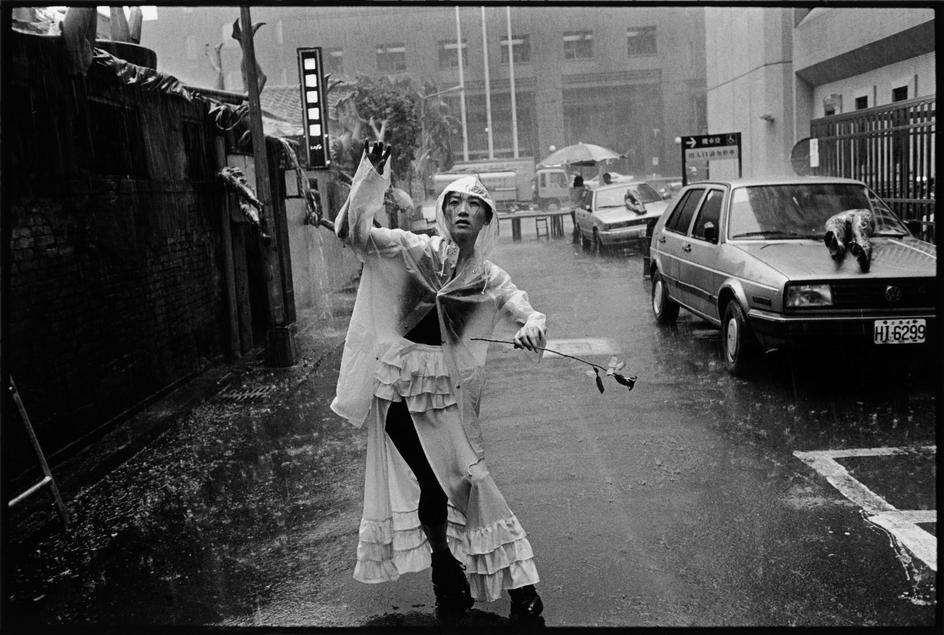
Seen on Tumblr
"Chien-Chi Chang, Taipei. 1999.
A lone dancer who belongs to a dance troupe in Taipei performs in the street as a demonstration to the city government, which decided to demolish their run down dance studio to build a high-rise office complex."
[quote=“hannes”][quote=“hansioux”][quote=“hannes”]Love those cars
[/quote]
old Lincoln right?[/quote]
Looks more like a Nissan to me[/quote]
Yes, it’s a Taiwanese version of Nissan Cedric
http://en.wikipedia.org/wiki/Nissan_Cedric
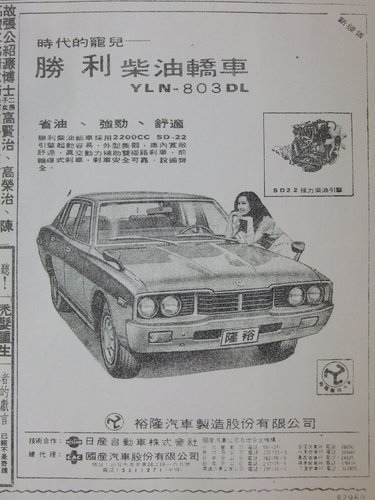
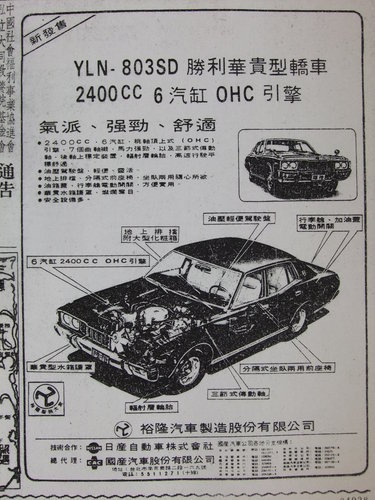
Taiwan Tetsu-dō Hotel (臺灣鐵道ホテル, Taiwan Railway Hotel), designed by Matsuzaki Tsumunaga (松崎萬長), who also designed Honglou (紅樓) in Ximengding, the Hsinchu train station, and the old Jilong station. Matsuzaki studied architecture in Germany, and preferred Mansard roofs.

It occupied the block where Shinkong Mitsukoshi tower and Taipei Key Mall are today. Some recalled everything, including toilets, were imported from Europe and flan is served, which was a rare treat back then. Staying there would cost 3~27 Yen, which was a small fortune for the average Taiwanese.
The hotel was completely in 1908. During WW2, it was damaged by American air raids. When KMT sent Chen Yi over to occupy Taiwan, Chen Yi “borrowed” all sorts of stuff from the hotel. From knifes to massive refrigerators, it was a “legal” robbery. The hotel itself was repaired on a small scale and continued to operate until the 1960s, but it was never restored to its former glory and now it’s two department stores.
Some real good stuff on this tumblr blog (not just Taiwan)
shihlun.tumblr.com/page/3

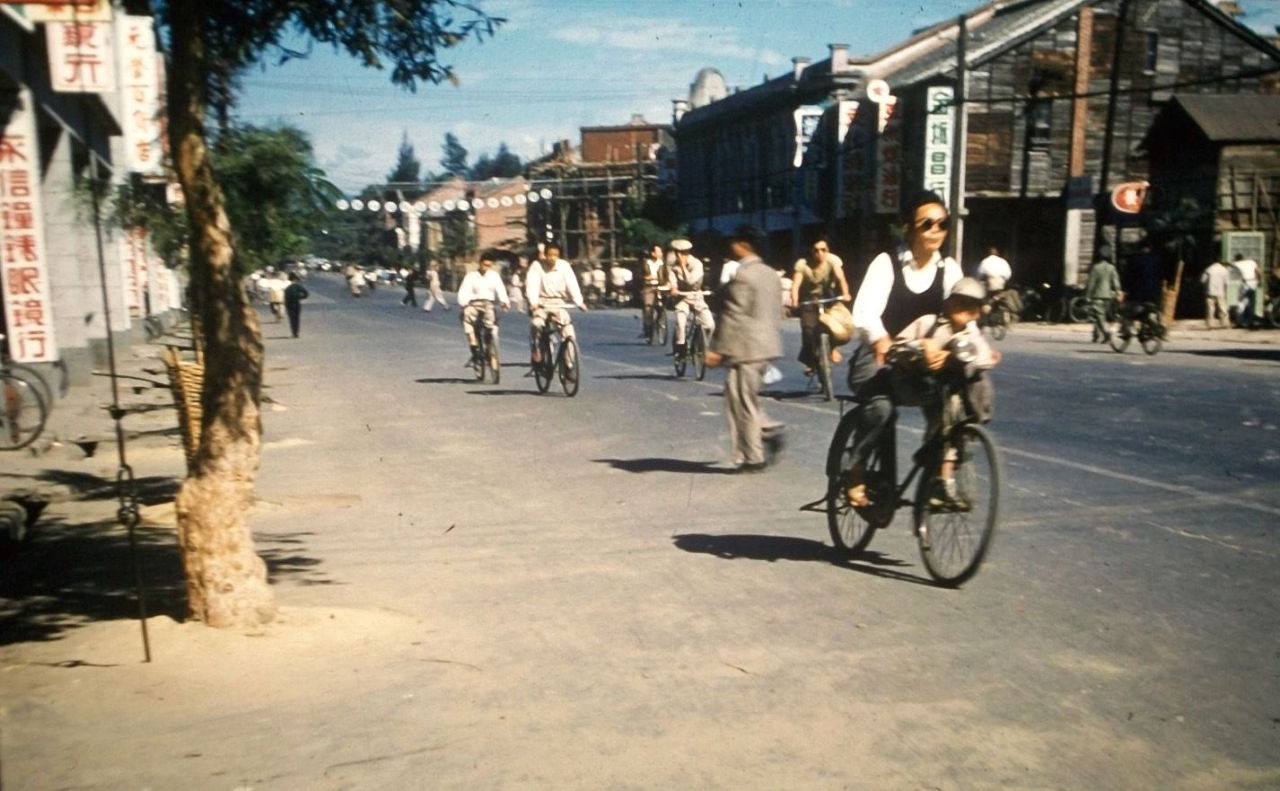
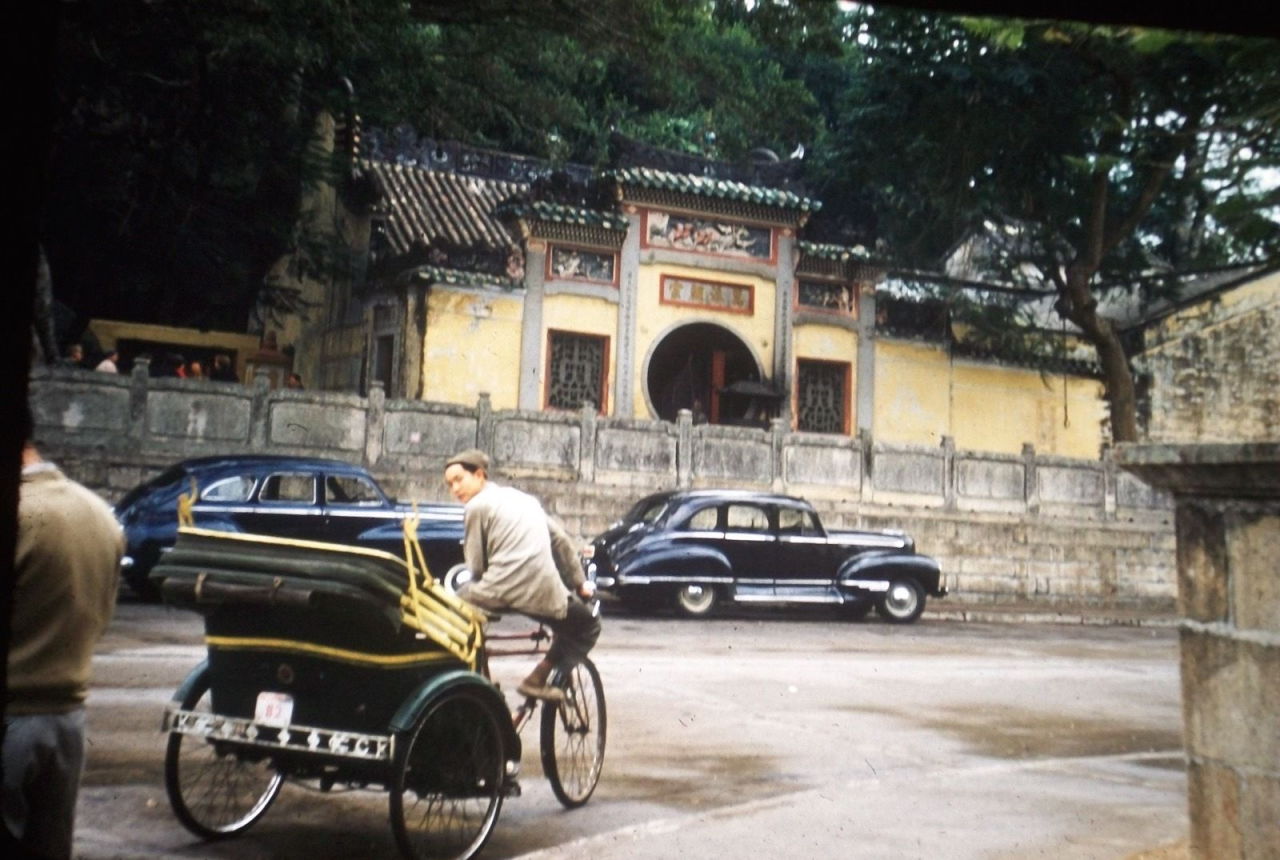
nitoc.blogspot.tw/2011/09/blog-post_20.html

日本赤十字社台灣支部 (Japan Red-cross, Taiwan branch)
This building was Red-cross’ office building, different from their hospital (which became 中興醫院 post war and now part of NTU hospital buildings, located on Changte Jie 常德街).
After the war, KMT took over this building, and made it the KMT headquarter. In theory, this building should belong to the red cross, if not the central or city government. However, KMT said finders keepers, and it became KMT’s property, legally illegal, of course.

The building functioning as KMT headquarters
People are talking about examples of KMT’s illegal party assets and its illegal selling of such assets. I think one great example is this one.
When CSB got elected to Taipei city mayor, CSB said he will make sure all historical buildings be declared as such. This would mean KMT would no longer be able to to sell this piece of prime real estate under the historic landmark act. In order to beat CSB to it, KMT first announced it would not tear down this historic building. Then against public outcry, KMT tore it down in secret one night back in 1994. KMT then built a “new” KMT headquarters over its original site.
The “old” new KMT headquarters.
During construction of the “new” headquarters, KMT moved into another ill gotten property, 廣電大樓 at Renai rd., which was previously THK (臺灣放送協會). The building was then sold for 8,800,000,000 NTD to build the now famous Dibao 帝寶, which was under the market value of 12,000,000,000 NTD.
In 2006, KMT sold the former red-cross building to the Evergreen Corp for 2,300,000,000 NTD. Now’s it’s Evergreen Maritime Museum.

Just started watching this.